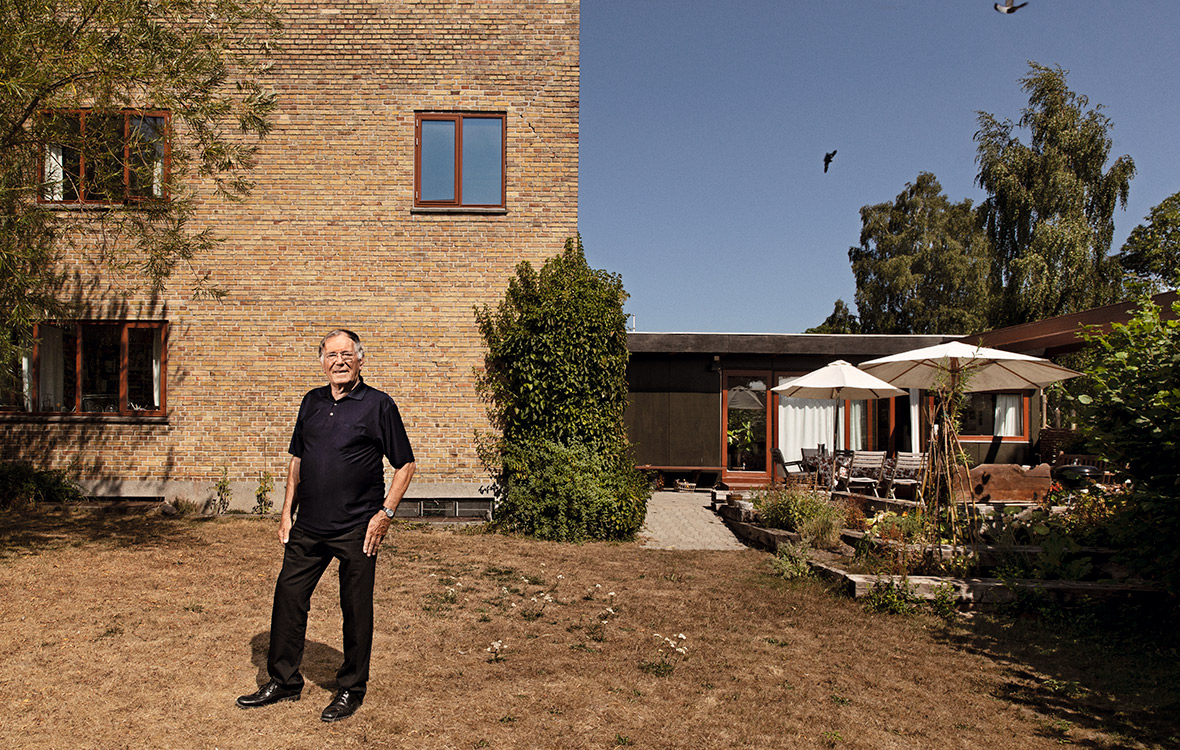
Gehl is founder and senior advisor of the urban design consultancy Gehl Architects, with expertise in architecture, urban design, and city planning. Jan Gehl began his practice in the early 1960s with a period of research on public space, supported by a grant from his university, which resulted in the book Life Between Buildings (1971). Focusing on the spaces between buildings, he developed an approach to urban design and planning, based on observation of life in public spaces, in particular the assessment and measurement of usage patterns and quality of life.

In his lecture, Jan Gehl will summarize this history, which is laid out in his book Cities for People (Island Press, 2010), and go on to explain why looking after people is crucial for the quality of cities in the 21 st century how it can be accomplished and how it is actually done now in many projects and cities. He will show how, after decades of neglect, “cities for people” is once again a central theme in architecture, urban design, and city planning and how the transformations carried out by Gehl Architects in Copenhagen, Melbourne, Sydney, New York, Moscow, and other cities exemplify this new people oriented direction in planning. The idea of “cities for people” was overlooked and forgotten. The concern for the people using cities that had been maintained over centuries of tradition and experience was completely left behind. At the same time, traffic planning began to dominate planning at eye level, to address the rapid influx of cars into cities.

In an important paradigm shift around 1960, urban planning was undertaken at a very large scale in response to the challenges of rapidly growing cities.


 0 kommentar(er)
0 kommentar(er)
